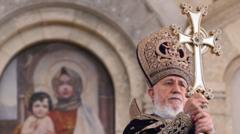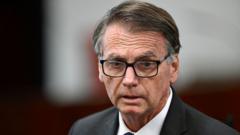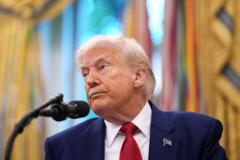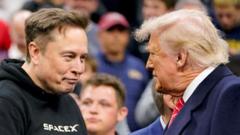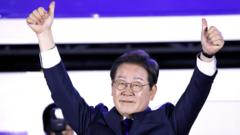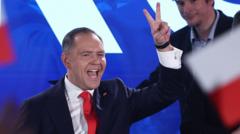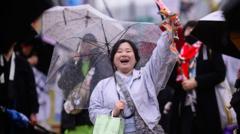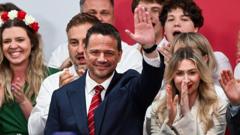As the sun rises over Vatican City, the conclave to select a new pope officially enters its second day. After a long day of voting on Wednesday that saw the 133 cardinals fail to reach a consensus, discussions continue, with hopes pinned on their upcoming meetings to find a new leader for the global Catholic community.
**Tensions Rise as Vatican Conclave Enters Second Day of Voting**

**Tensions Rise as Vatican Conclave Enters Second Day of Voting**
This week, the Vatican conclave continues as cardinals gather to elect the new pope following the death of Pope Francis, with a complex deliberation process currently underway.
The absence of clear communication means that the cardinals remain completely isolated, observing strict procedures to ensure confidentiality. Each cardinal has pledged an oath to maintain secrecy amidst increasing global scrutiny. With the church's allegiance under examination, cardinals deliberate over their future, reconvening in the Sistine Chapel sans phones or internet access.
Pope Francis’ death has prompted the first conclave in more than a decade, placing immense pressure on the conclave due to the church’s ongoing issues surrounding finances and controversies from past scandals. This particular conclave is notable as it features an unprecedented assembly, with many cardinals appointed by Francis, who are meeting for the first time and may introduce new dynamics into the selection process.
Voting is expected to be intense, with the cardinals participating in four rounds of voting each day until a two-thirds majority is reached. The results are signaled by colored smoke emitted from the Sistine Chapel chimney—black smoke indicates a rejection of candidates, while white smoke announces the election of the new pope, a process that has ranged in length historically from mere hours to several months.
This pivotal gathering poses a significant referendum on the legacy of Pope Francis. The new leader will have to navigate between progressive factions advocating for inclusion and a conservative base urging a return to tradition. Potential candidates such as Cardinal Pietro Parolin and Cardinal Luis Antonio Tagle have already emerged as frontrunners, reflecting the varied directions the next papacy could take.
Amidst this uncertainty, speculation continues about the speed of the conclave's conclusion. While some cardinals believe the selection may take longer than previous papacies due to the unfamiliarity amongst new cardinals, others conjecture that a popular choice may emerge swiftly. Regardless, the intricate choreography of the conclave will persist until a new spiritual leader is chosen.
As the world watches, the next few days will be crucial in determining not just the future of the Catholic Church but also in setting the tone for its approach to addressing contemporary issues. All eyes remain on the Sistine Chapel as history unfolds.
Pope Francis’ death has prompted the first conclave in more than a decade, placing immense pressure on the conclave due to the church’s ongoing issues surrounding finances and controversies from past scandals. This particular conclave is notable as it features an unprecedented assembly, with many cardinals appointed by Francis, who are meeting for the first time and may introduce new dynamics into the selection process.
Voting is expected to be intense, with the cardinals participating in four rounds of voting each day until a two-thirds majority is reached. The results are signaled by colored smoke emitted from the Sistine Chapel chimney—black smoke indicates a rejection of candidates, while white smoke announces the election of the new pope, a process that has ranged in length historically from mere hours to several months.
This pivotal gathering poses a significant referendum on the legacy of Pope Francis. The new leader will have to navigate between progressive factions advocating for inclusion and a conservative base urging a return to tradition. Potential candidates such as Cardinal Pietro Parolin and Cardinal Luis Antonio Tagle have already emerged as frontrunners, reflecting the varied directions the next papacy could take.
Amidst this uncertainty, speculation continues about the speed of the conclave's conclusion. While some cardinals believe the selection may take longer than previous papacies due to the unfamiliarity amongst new cardinals, others conjecture that a popular choice may emerge swiftly. Regardless, the intricate choreography of the conclave will persist until a new spiritual leader is chosen.
As the world watches, the next few days will be crucial in determining not just the future of the Catholic Church but also in setting the tone for its approach to addressing contemporary issues. All eyes remain on the Sistine Chapel as history unfolds.


